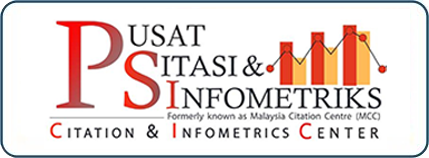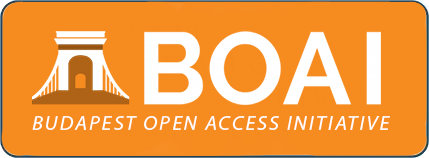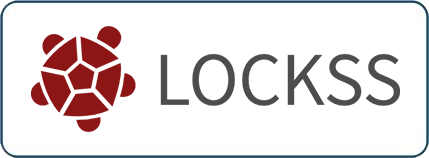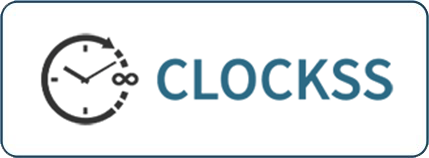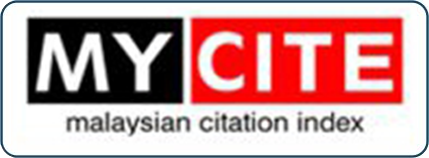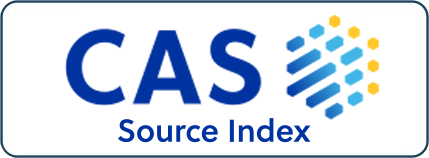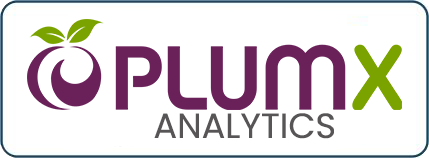Speakable Me: The Development Of Speech Assistance Tools For Patients With Speech Disabilities
DOI:
https://doi.org/10.33102/mjosht.492Keywords:
augmentative and alternative communication, Morse code, speech disabilities, stroke, stroke caretakerAbstract
This project involves analyzing and designing a system that functions as an Augmentative and Alternative Communication (AAC) to help individuals with speech and language disorders (e.g., aphasia and dysarthria) who are unable to use verbal speech to communicate by producing sounds based on the words entered by users. The main objective of this project is to assist patients with various types and levels of speech disabilities in communicating their needs, achieving a higher rate of Words Per Minute (WPM) with minimal financial cost. This system is developed using React Native, Visual Studio Code, and Firebase. Speakable Me provides three categories of speech assistants. In particular, Category 1 allows patients to enter the words with full spellings, and the system produces sounds based on the words entered. Meanwhile, Category 2 uses Morse code, which is a combination of 1 and 0 that has been pre-determined and assigned to a word in the library. This category aims to help patients with limited movement since it only requires patients to use two fingers to press the keys. Following this, Category 3 is a category that uses pictograms and has limited keys. Each key represents basic sentences and words that patients usually use. Patients need to press one key, and the system will voice out the whole sentence. Speakable Me also provides a feature that allows patients or their caregivers to add their own words and pre-recorded voices to the library for Categories 1 and 2. While sentences and words for Category 3 can be replaced, they are limited to the ten keys of the numbered keyboard.
Downloads
References
American Speech-Language-Hearing Association. (n.d.). Augmentative and alternative communication (AAC). Retrieved March 13, 2020, from https://www.asha.org/public/speech/disorders/AAC/
American Speech-Language-Hearing Association. (n.d.). Dysarthria. Retrieved March 13, 2020, from https://www.asha.org/public/speech/disorders/dysarthria/
AppNotize UG. (2013). LetMe Talk (Version 1.4.28) [Mobile application software]. Google Play Store. https://play.google.com/store?hl=en
Atassi, N., Cook, A., Pineda, C. M., Yerramilli-Rao, P., Pulley, D., & Cudkowicz, M. (2011). Depression in amyotrophic lateral sclerosis. Amyotrophic Lateral Sclerosis, 12(2), 109–112. https://doi.org/10.3109/17482968.2010.536836
Brown, R. H., & Al-Chalabi, A. (2017). Amyotrophic lateral sclerosis. The New England Journal of Medicine, 377(2), 162–172. https://doi.org/10.1056/NEJMra1603471
Higginbotham, D. J., Shane, H., Russell, S., & Caves, K. (2007). Access to AAC: Present, past, and future. Augmentative and Alternative Communication, 23(3), 243–257. https://doi.org/10.1080/07434610701571058
HycsApp. (2019). HelpMe Talk (Version 1.9) [Mobile application software]. Google Play Store. https://play.google.com/store?hl=en
Javatpoint. (n.d.). JIRA waterfall model. Retrieved March 26, 2020 from https://www.javatpoint.com/jira-waterfall-model
Liberator A Prentke Romich Company. (n.d.). Accent 800 (8”). Retrieved March 13, 2020, from https://liberator.net.au/accent-800
Lingraphica. (n.d.). Assistive communication, AAC speech-generating devices. Retrieved March 26, 2020, from https://www.aphasia.com/
Saxena, A. M., & Hillis, A. (2025). Aphasia. In StatPearls [Internet]. StatPearls Publishing. https://www.ncbi.nlm.nih.gov/sites/books/NBK559315/
Shwetha, A. N., Sumathi, R., & Prabodh, C. P. (2023). A survey on mobile application development models. In Mobile application development: Practice and experience: 12th Industry Symposium in conjunction with 18th ICDCIT 2022 (pp. 1–9). Springer Nature Singapore. https://doi.org/10.1007/978-981-99-0808-2_1
Stroke Association’s Information Service. (2012). Communication problems after stroke. Stroke Association. https://www.stroke.org.uk/sites/default/files/Communication%20problems%20after%20stroke.pdf
The Internet Stroke Center. (n.d.). What is aphasia? Retrieved March 15, 2020, from http://www.strokecenter.org/patients/caregiver-and-patient-resources/aphasia-information
Van de Sandt-Koenderman, M., Wiegers, J., & Hardy, P. (2005). A computerised communication aid for people with aphasia. Disability and Rehabilitation,27(9),529–533. https://doi.org/10.1080/09638280400018635
Downloads
Published
Issue
Section
License
Copyright (c) 2025 Noor Hayani Abd Rahim, Nadia Natasha Abd Aziz, Nur Izyan Rosli; Muhammad Hafizuddin Hamid

This work is licensed under a Creative Commons Attribution 4.0 International License.
The copyright of this article will be vested to author(s) and granted the journal right of first publication with the work simultaneously licensed under the Creative Commons Attribution 4.0 International (CC BY 4.0) license, unless otherwise stated.

